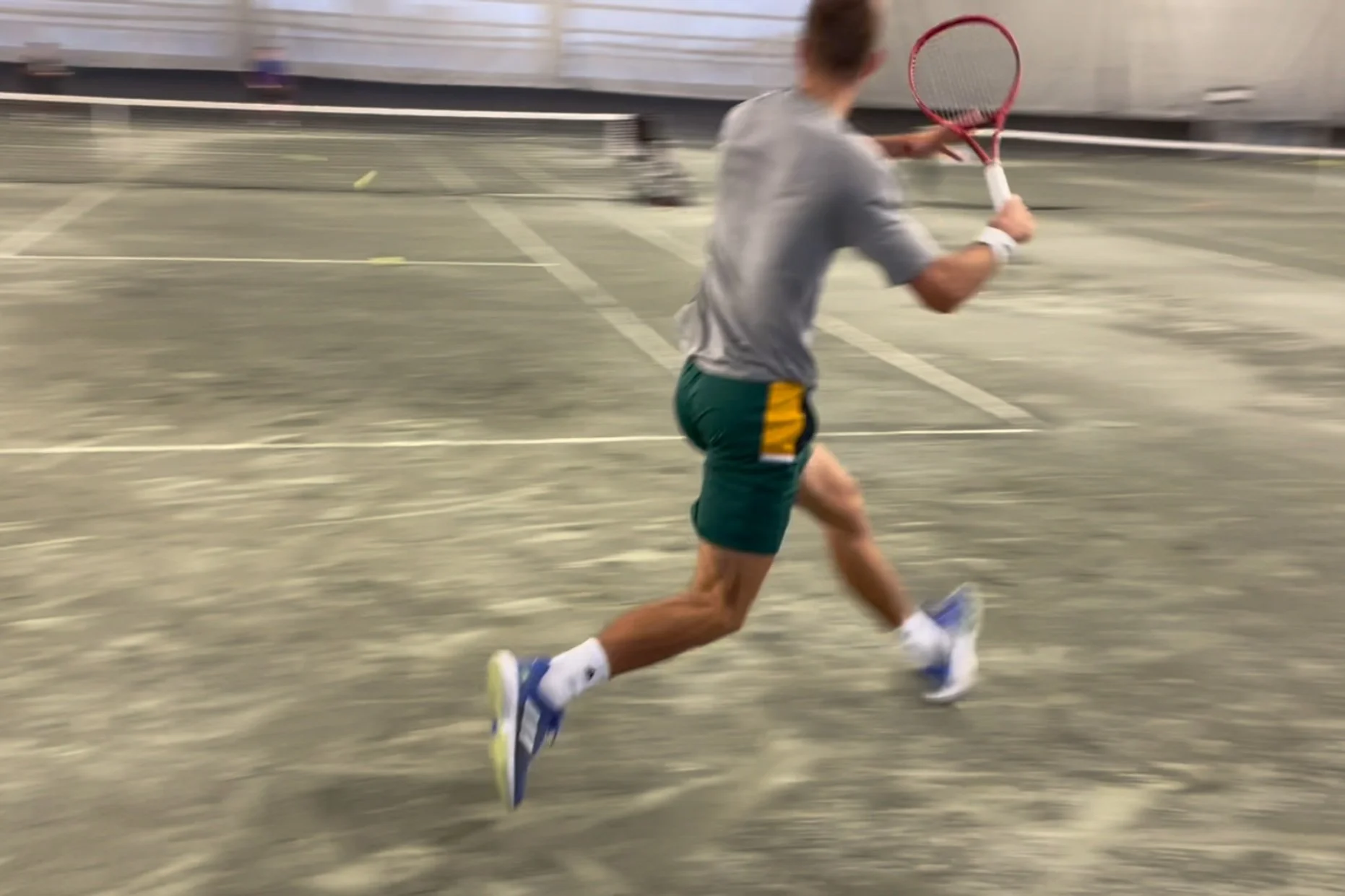Bend your knees. Use your legs. Turn your shoulders. Extend your elbow at impact. Flick your wrists. These are just some of the verbal cues that we’ve all heard countless of times. Notice any similarities? Let me give you a hint...the focus of these instructions are directed exclusively towards a body segment or part. Is this type of feedback relevant? Does it help improve technique and ultimately, performance? Let’s take one of these examples and break it down. 'Bend your knees'. How does a player interpret this cue? I mean how low should I bend my knees? Is a 90 degree bend more or less effective than a 100 degree bend? On which type of shot? Should one knee be bent more than the other? As you can see, this cue can be interpreted in a number of different ways depending on the athlete and the context.
Viewing entries in
Coaching
For many in the tennis world, this time of the year means tournaments, and lots of them. Players from all over are either preparing or competing in ITF Futures events, open tournaments and club matches. With that in mind, I thought it’d be interesting to take a look at a typical training week for players competing in weekend events/matches. Good news is, Dariusz Lipka (former 1000 ranked ATP player) was in town this past week to train & compete in an open event - a mini preparation block for his upcoming Futures circuit this summer.
This is a follow-up to last week’s article. This post will attempt to clarify the misconception that dynamical systems theory (DST) and nonlinear pedagogy (NLP), which for the sake of simplicity I will use interchangeably, are solely game-based approaches to coaching. To highlight this fallacy, we’ll define both open and closed skills - which is often a poorly understood topic in and of itself. Finally, we’ll take a look at the complexity of learning through the lens of fixed versus variable movement patterns - what they are, how they’re developed and why both are necessary qualities for skilled movement execution.
When I was a teenager, I left home to train at a tennis academy - about 2 hours away from my family. I grew up in a small city where there was 1 outdoor tennis club and no indoor tennis - which is why I made the move. Growing up and playing at a small club, with no junior program, you tend to get friendly with older adult members. Most of my practice partners were over 35 with many above the age of 50. When I told them I was leaving, they said one thing that stuck with me until this very day - “hopefully they build on the game you have, rather than changing all of your strokes at once”.
I’m constantly trying to bridge the gap between how players should train off the tennis court and how they should train on the tennis court. It’s important to look at on-court tennis training through a physical lens as much as a technical or tactical one as these qualities are all interrelated. Let's look at an example to illustrate this point. Say you're working on retrieving tough wide balls on the backhand side. Not only is technique targeted (attempting to refine open stance backhands, for example), tactics (being able to send the ball back high/deep and with plenty of spin for example) along with the specific movement qualities (explosiveness, acceleration, deceleration) are also being trained. As you can see, it’s very difficult to separate one quality from another as they are all in some way related.
Today's post is a bit of a change up from previous articles. It's a Q&A with WTA pro tennis coach Sarah Stone. If you haven't heard of Sarah, it's probably because you've been living under a rock. She currently coaches american Alexa Glatch and is the founder of the Women's Tennis Coaching Association (WTCA).
The WTCA is an organization with a primary aim of helping coaches learn to work with female athletes. They also coach several WTA & ITF players and regularly share extremely educational training content - no fluff here.
Sarah previously coached former world no. 4, Sam Stosur along with other WTA & ITF female players. She has a wealth of tennis knowledge both as a coach and a player so when she agreed to do the Q&A, I was pretty excited. Here it is, enjoy!
Not enough is written about female athletes. They’ve got charisma, class and most of all, they’re damn good at sport. In tennis, the women’s game is constantly improving. Not only are women hitting the cover off the ball, but more and more feel & touch are becoming a part of their arsenal. Many believe the women’s game is still one-dimensional - but in the past several years, different types of game styles have emerged. Look at Radwanska, Halep and even Kerber - they’ve got variety. Not to mention the level of women's tennis has strenghtened - you just never know who’s gonna make it deep into a slam anymore. Sure Serena’s had some streaks where she’s dominated the women’s game but recently, the draws are more open.
Over the years I’ve coached many female tennis players...and I’ve learned a lot. From the tennis court to the weight room and everything in between. I’ll share my experiences in this article…and hopefully shed some light on female players.
About 6 months ago I hired a weightlifting coach. You might be wondering why. There are 2 main reasons - first, he owns a gym less than 50m from my front door. Second, he was a national champion weightlifter in Cuba, national champion in Canada (in his late 30s), silver medalist at the World Championships, coached a world champion and has worked with many athletes from many sports around the World. Needless to say, I was intrigued.
Below are some of the lessons I’ve learned; in training, sport and life.









